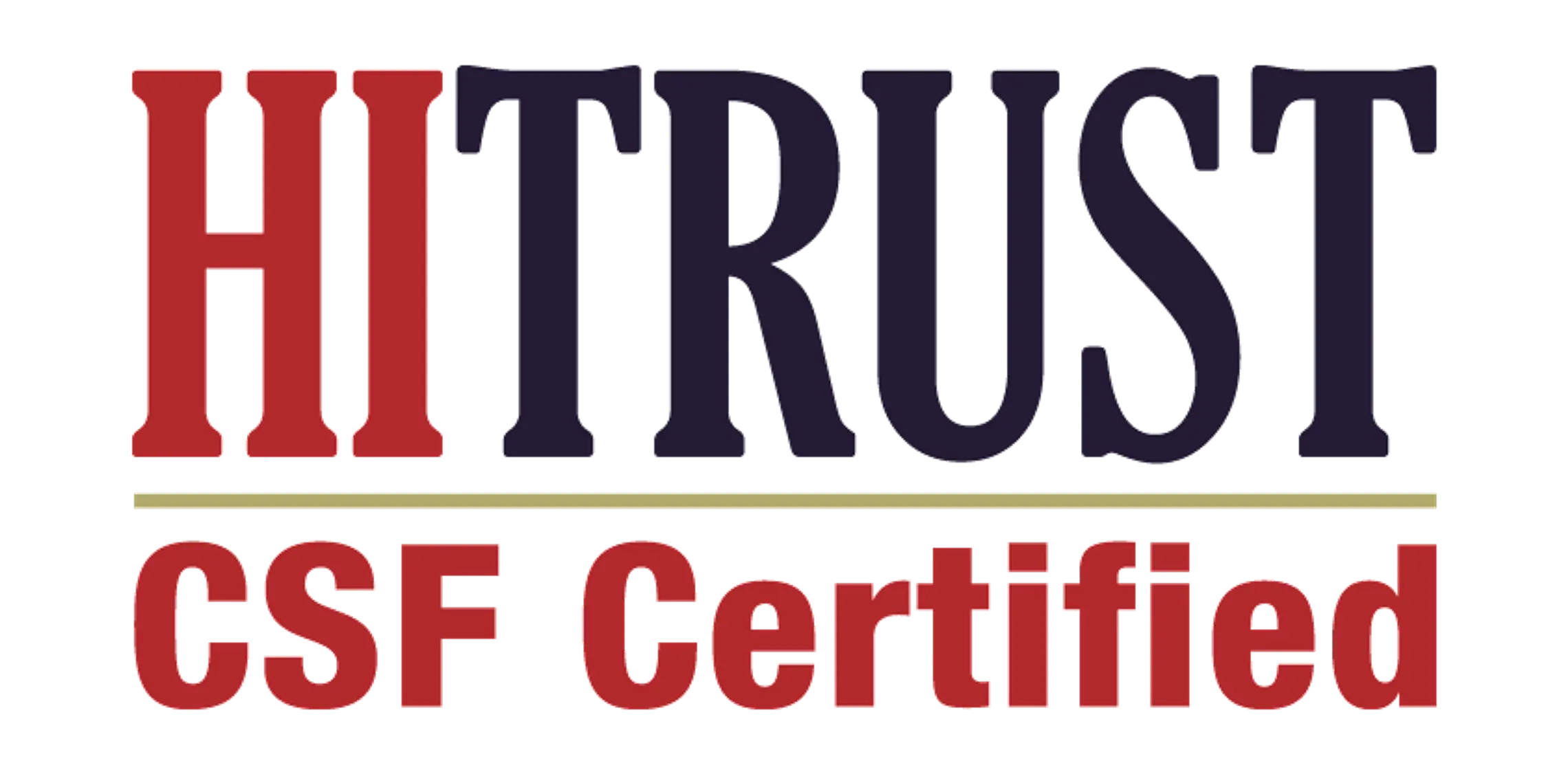Tackling delays in payer reimbursements: 3 proactive strategies for healthcare providers

In the ever-evolving landscape of healthcare, financial stability remains a cornerstone for medical institutions of all sizes. One of the most persistent challenges faced by healthcare providers is the issue of lagging payer reimbursements. Delays in these payments can significantly affect the cash flow of healthcare facilities, leading to budgetary constraints and potentially impacting patient care. To address these delays, several key interventions can be strategically implemented to streamline processes and ensure timely reimbursement.
1. Enhancing Billing Efficiency Through Technology
The first step towards addressing lagging reimbursements is by enhancing the efficiency of the billing process. This can be achieved through the integration of advanced billing software that automates many of the routine tasks involved in the claims process. Automation reduces the likelihood of human error, which is a common cause of delayed reimbursements due to inaccuracies in the submitted claims.
Technological solutions such as Electronic Health Records (EHR) and billing systems can be synchronized to ensure that all patient information is up-to-date and accurately reflected in billing documents. Furthermore, implementing AI-driven tools can help in predicting potential denials or delays by analyzing past claims data. This proactive approach allows healthcare providers to correct claims before submission, ensuring compliance with payer requirements.
2. Regular Training and Updates for Billing Staff
While technology plays a critical role in enhancing billing efficiency, the importance of human oversight cannot be understated. Regular training sessions for the billing staff are crucial in keeping the team updated on the latest billing regulations, coding updates, and payer-specific requirements. An informed billing team is less likely to make errors that result in claim rejections or delays.
Interactive workshops and seminars can be effective in educating staff about changes in healthcare reimbursement landscapes, such as updates in the International Classification of Diseases (ICD) codes or modifications in Medicare and Medicaid policies. Moreover, certification courses in medical billing can also be encouraged to ensure that staff members are competent and well-versed in their roles, enhancing the overall efficiency of the billing process.
3. Strengthening Payer Relationships and Communication
Establishing and maintaining strong relationships with payers can significantly reduce the frequency of delayed reimbursements. Open lines of communication between healthcare providers and insurers facilitate smoother transactions and quicker resolutions of any discrepancies that may arise during the billing process. Regular meetings and discussions with payer representatives can help in understanding their processes better, setting realistic expectations on both ends.
Healthcare providers can also set up dedicated teams to handle payer relations. These teams would focus on negotiating contract terms that are favorable to both parties, addressing disputes, and ensuring compliance with the agreed-upon practices and policies. Furthermore, leveraging data analytics to track and report on payer performance can help in identifying patterns in payment delays, providing a basis for discussions and improvements.
Conclusion
The financial health of healthcare providers is intricately linked to the efficiency and effectiveness of their reimbursement processes. By integrating technology, investing in staff training, and building robust payer relationships, healthcare organizations can significantly reduce the incidence of delayed payments. These interventions not only ensure a steady flow of revenue but also contribute to the overall sustainability and growth of the healthcare sector. Implementing these strategies requires an upfront investment in resources, but the long-term benefits of maintaining a healthy cash flow and minimizing financial disruptions are invaluable. Addressing the challenge of lagging payer reimbursements with these proactive strategies can lead to more successful healthcare outcomes and enhanced operational efficiencies.






